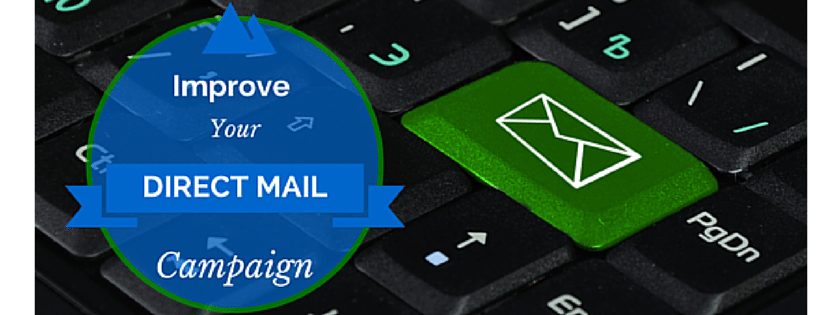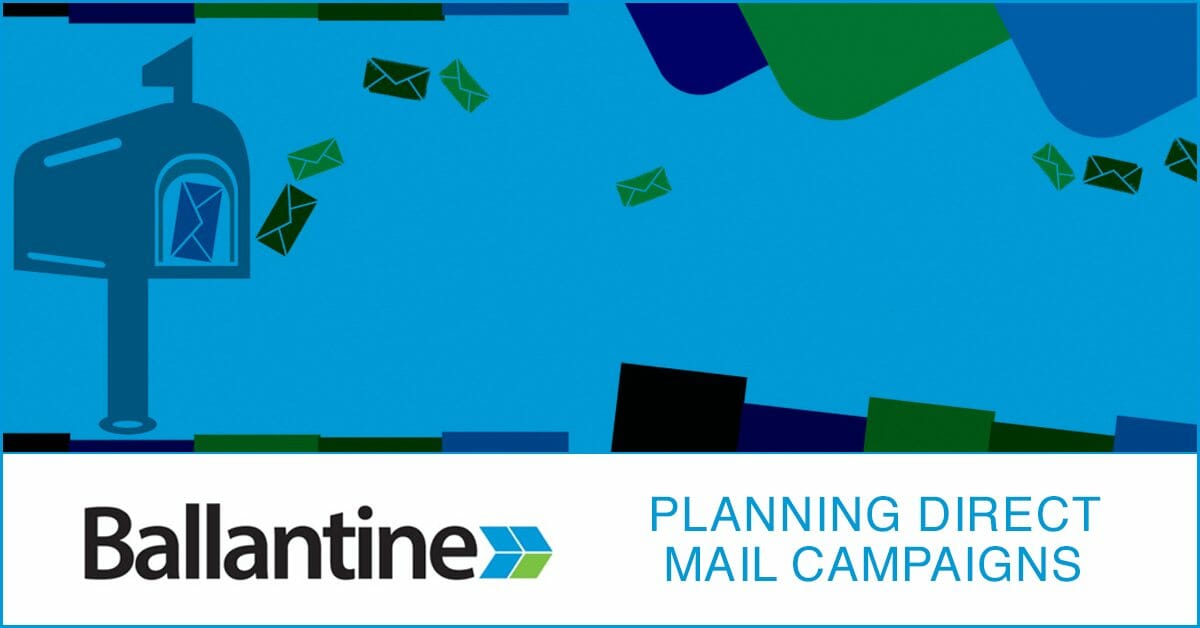Making the most of a direct mail campaign definitely takes time and thought. There are four key components of a successful mailing: your direct mail creative brief, the format of your correspondence, your offers or incentives, and your mailing list.
So why are these elements so important and how can you get them to work for you? Let’s dive in…
1. Direct Mail Creative Briefs
Creative briefs are where all great direct mail marketing begins. These briefs help to outline your objectives by illuminating a full understanding of your target demographic, which is a mandatory precursor to crafting the design and copy that will ultimately define your campaign. In short, creative briefs answer the question “what is my goal?” but do so in a way that isn’t as simple as “to sell more things.”
What are the specific actions you want your campaign to achieve? Depending on if you’re out for immediate purchases, driving visitors to seek more information on your site, or anything in-between, figuring out who your audience is and where they stand in the sales cycle is the first step to outlining your objectives completely.
2. Formatting of Contents
The most common direct mail formats include postcards, self-mailers, letter packages, and catalogs. Depending on what services you’re offering and who your target demographic is, different formats are better suited to different tasks. For example, postcards are exceptionally cost-effective and easy, but they also have fairly restricted amounts of space for you to present information. Consequently, postcards are (typically) ideal for customers who already know about your services as well as the details of your business, but could use a reminder, thank you note or coupon based on past patronage.
On the opposite end of the spectrum, self-mailers and catalog type mailers are ideal for attracting new clients that are unfamiliar with your business. The expansive and engaging space provided by these formats is best suited to introducing your product or service to new clients because they let you fully “tell your story”. And what about letter formats like #10 and 6×9 packages? They can be great for selling as well, and they also offer a higher degree of confidentiality and more options to personalize.
3. Give Potential Customers an Incentive
After spending time and money planning your direct mail campaign, one of the biggest challenges is getting your mail read; to help with this, try to offer potential customers a deal too good to refuse. Offering benefits for signing up to a mailing list or offering a discount on products or services can help you make the most of your mailing, and can help ensure that your campaign stands apart from competitors.
And direct mail doesn’t end when the mailers are sent out and delivered. Tracking responses (especially those from offers and incentives) is a great way to find out where you need to make changes with your approach, and can also help you define specific demographics that respond best to your mailings.
4. Who Are You Mailing To?
No matter what niche you occupy in the business community, fine tuning your mailing list is one of the most powerful ways to reach current, past, and future customers because of how easy it is to laser target specific demographics. Regardless of how heroic the remainder of your direct mailing campaign is, the success of your marketing efforts more often than not hinges on the success or failure of your list. The most compelling creative or offer will get you nowhere unless you’re getting your mail into the hands of your target audience.
Lastly, here is a super quick article from an advertising legend that summarizes successful direct mail marketing in a nutshell: http://www.inc.com/articles/2000/03/17662.html
I'm the Director of Digital Services and Partner at Ballantine, a family-owned and operated direct mail & digital marketing company based in New Jersey. and started in 1966 by my great uncle!





